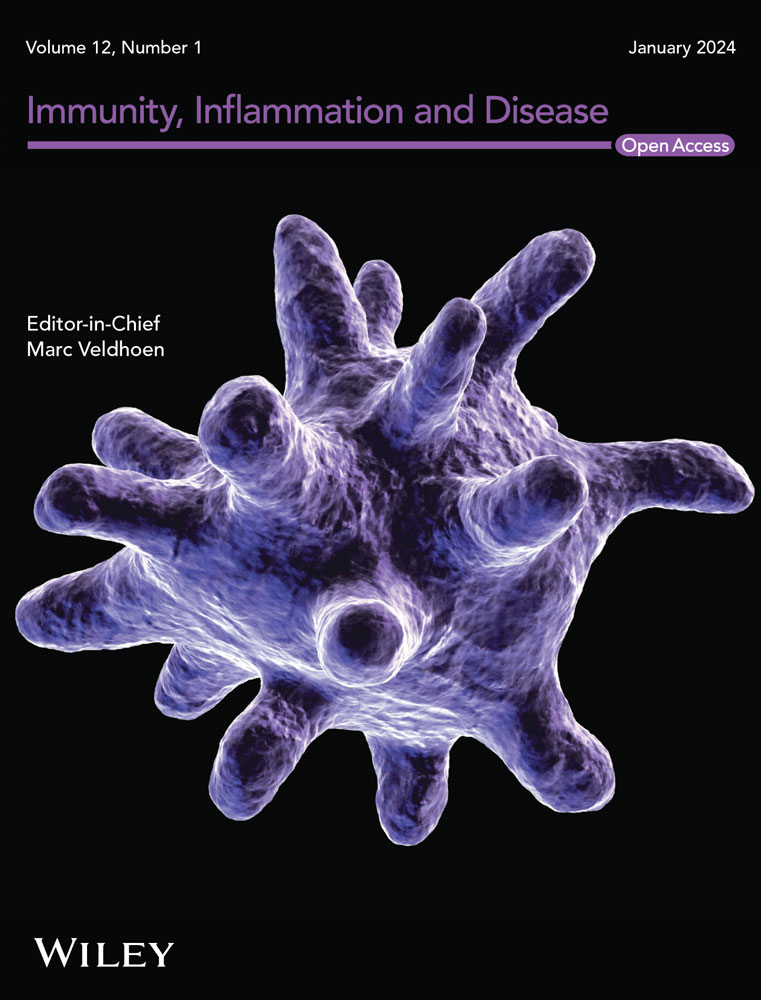Epidemiology and Clinical Features of Respiratory Viruses in Hospitalized Iranian Children During the COVID-19 Pandemic
Abstract
Background
Acute respiratory infections (ARIs) are a significant global health concern, especially in children under five, causing approximately 4.3 million annual deaths. ARIs are mainly caused by respiratory viruses. The coronavirus disease 2019 (COVID-19) has altered the circulation of respiratory viruses. This study investigates the epidemiology and clinical features of respiratory viruses in hospitalized children during the COVID-19 pandemic in Gorgan, Iran.
Methods
A total of 264 nasopharyngeal swab samples were collected from hospitalized children between October 2021 to March 2022 at Taleghani Children's Hospital, Gorgan, Iran. The frequency of various respiratory viruses, including human parainfluenza viruses (HPIV1-4), influenza viruses A and B (FLU-A, B), human metapneumovirus (HMPV), human rhinovirus (HRV), respiratory syncytial virus (RSV), and severe acute respiratory syndrome-associated coronavirus 2 (SARS-CoV-2) was detected using a SYBR green-based real-time PCR assay.
Results
Out of the 264 hospitalized children, 88.2% (233) tested positive for at least one respiratory virus, with 60.2% (159) showing co-infections and 28% (74) having single infections. The most frequently detected were HRV (56.4%), HMPV (53%), and RSV (18.2%). The proportions of HPIV-1, HPIV-2, HPIV-3, HPIV-4, FLU-A, FLU-B, and SARS-CoV-2 were 8.7%, 12.9%, 8%, 7.6%, 1.9%, 0%, and 15.2%, respectively. There was a clear association between specific viruses and some clinical symptoms, such as RSV with pneumonia, and HPIV-1 with cyanosis. Co-infections were linked to severe outcomes, including pneumonia and seizures. Among all 264 patients, 5 died, and 3 of them had underlying diseases. All fatal cases tested positive for at least one virus, with HMPV being the most frequently detected.
Conclusions
This study highlights the considerable impact of ARIs among children under five in Golestan Province, Iran, during the COVID-19 pandemic. The findings underscore the importance of early detection and ongoing surveillance, particularly in high-risk pediatric populations and across diverse geographic areas.


 求助内容:
求助内容: 应助结果提醒方式:
应助结果提醒方式:


